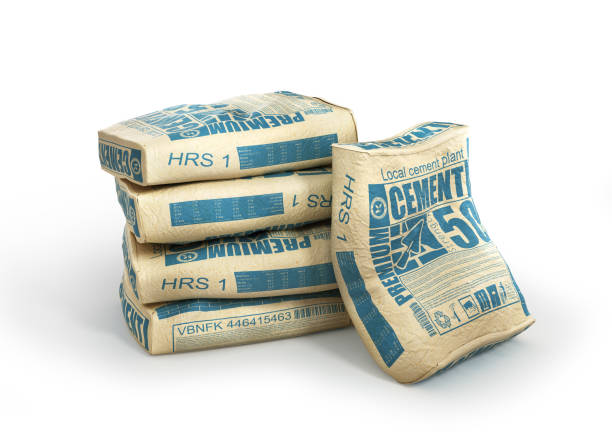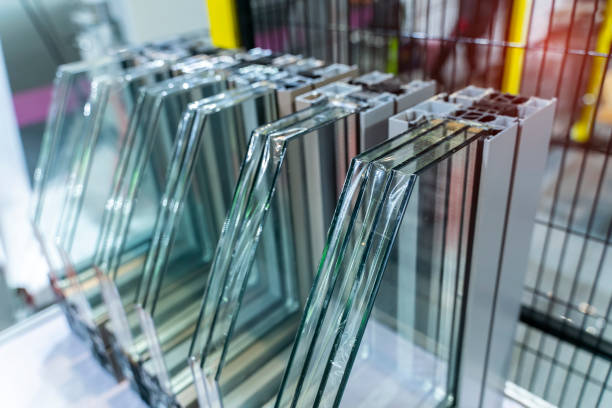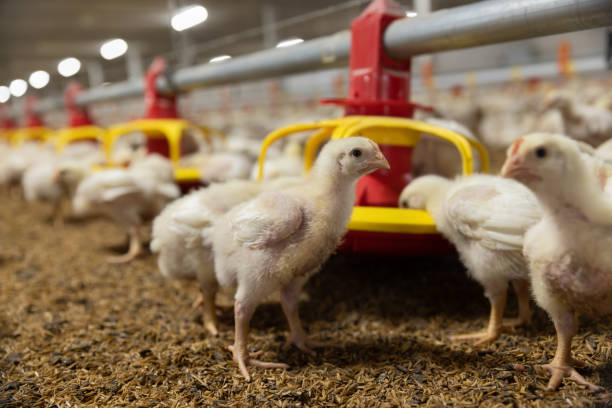Industry Applications
Applications of Grey Limestone
Cement & Conrete
Limestone serves as the primary raw material, making up 80-90% of the composition used to manufacture Portland Cement. The calcium content in limestone plays a crucial role as a binding agent, combining with powdered clay at an extreme temperature of 1450°C in a rotary kiln. This process creates Clinker, which is then finely ground in a ball mill along with 5% Gypsum to produce high-quality cement.


Glass
To produce molten glass, 8-12% limestone is blended with silica sand and soda ash, then heated to an intense 1500°C. Since soda makes glass fragile and water-soluble, limestone is introduced as a stabilizing agent to enhance both the hardness and durability of the final glass product.
Among various types, soda-lime glass remains the most widely manufactured. Our high-quality soda-lime glass contains 54-55% CaO, ensuring superior strength, while its low Fe₂O₃ content (<0.04%) minimizes impurities, making it ideal for glass production.


Animal Feed
Limestone is a rich source of calcium, essential for poultry, livestock, and fish. It plays a vital role in strengthening animal bones and contributes to the formation of eggshells in poultry.
High-quality feed-grade limestone is known for its bright whiteness and calcium content exceeding 38%, making it an excellent choice for supporting bone health, tooth development, heart function, blood clotting, nerve signal transmission, and enzyme activation in animals.


